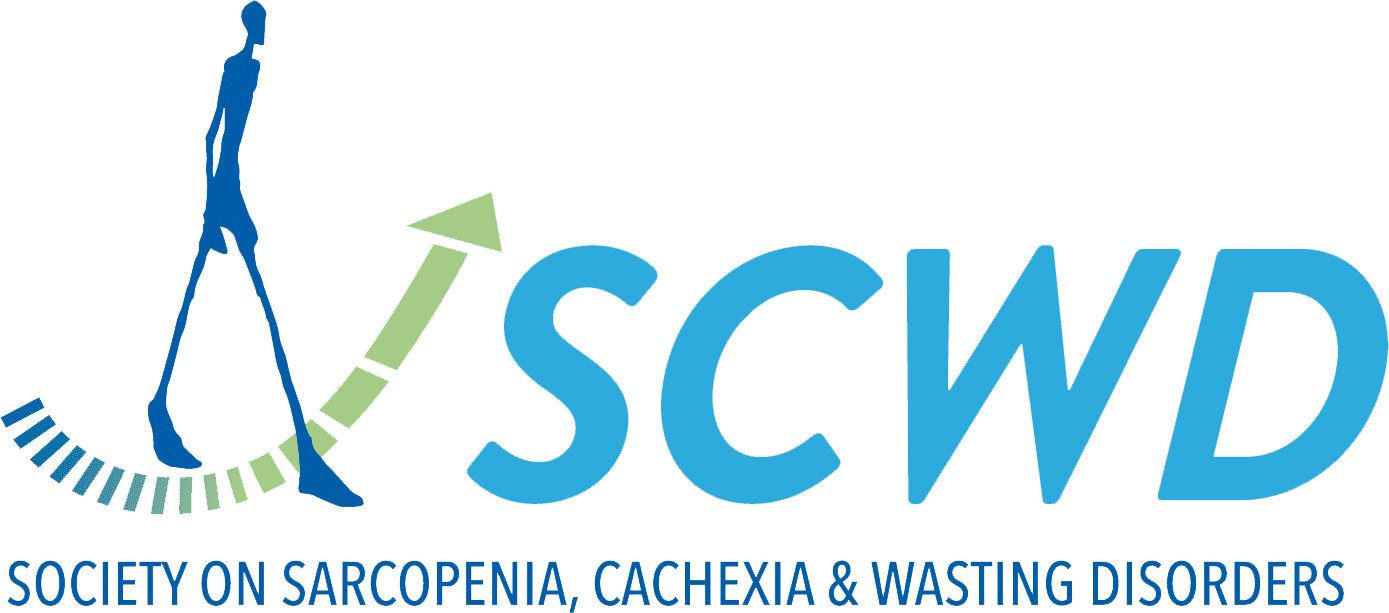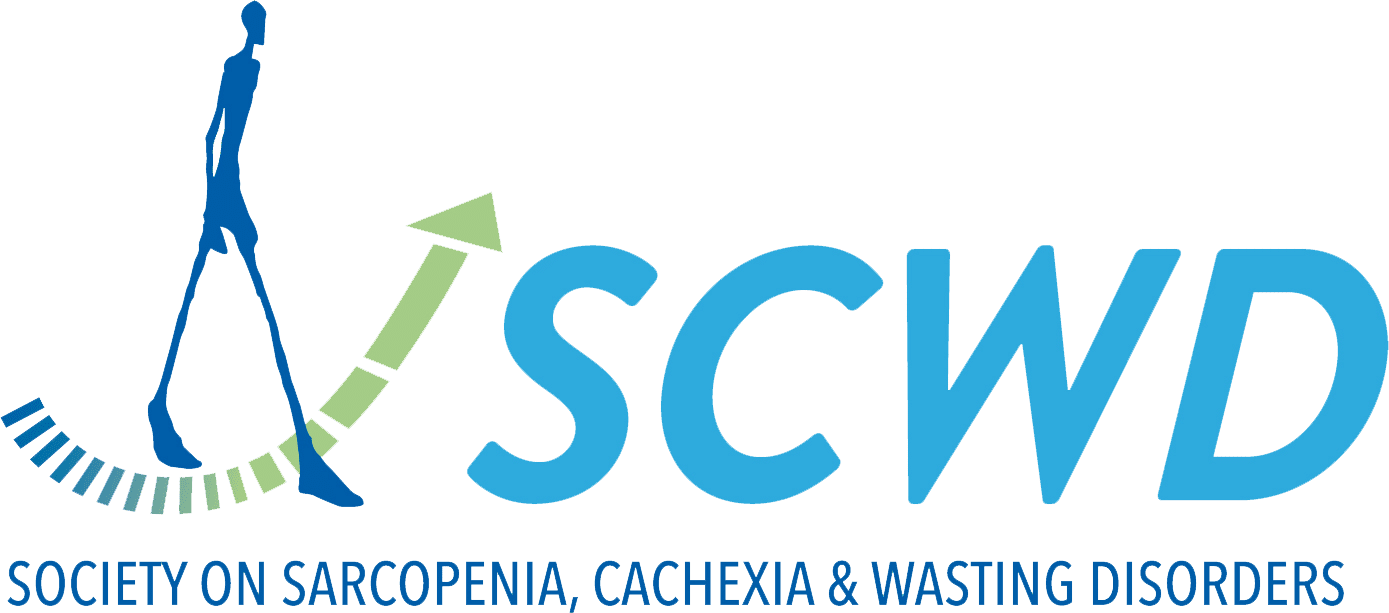👤 Authors: Mmadili N Ilozumba, Maria F Gomez, Tengda Lin, Caroline Himbert, June L Round, W Zac Stephens, Christy A Warby, Sheetal Hardikar, Christopher I Li, Jane C Figueiredo, Victoria Damerell, Gary C Fillmore, Bartley Pickron, Adetunji T Toriola, David Shibata, Andreana N Holowatyj, Christoph Kahlert, Kamya Sankar, Erin M Siegel, Jolanta Jedrzkiewicz, Biljana Gigic, Doratha A Byrd, Jennifer Ose, Cornelia M Ulrich
Pre-surgery gut microbial diversity and abundance are associated with post-surgery onset of cachexia in colorectal cancer patients: the ColoCare Study.
Cachexia accounts for about 20% of all cancer-related deaths and it is indicative of poor prognosis and progressive functional impairment. The role of the gut microbiome in the development of cachexia in colorectal cancer (CRC) patients has not been established.
Pre-surgical stool samples from n = 103 stage I-III CRC patients in the ColoCare Study were analyzed using 16S rRNA gene sequencing (Illumina) to characterize fecal bacteria. We calculated estimates of alpha- and beta-diversity and a priori- and exploratory-selected bacterial relative abundance.
Using Fearon criteria, cachexia onset at 6 months post-surgery was defined as > 5% weight loss over the past 6 months and/or body mass index (BMI) of < 20 kg/m 2 and weight loss of > 2%. Associations of microbial metrics with cachexia onset were estimated using multivariable logistic regression models.
Higher alpha-diversity was positively associated with cachexia onset, with stronger associations in females, patients < 65 years, those receiving adjuvant treatment, consuming high fiber, or with energy intake outside USDA recommendations (p < 0.05). Porphyromonas (OR = 0.51, 95% CI 0.26-0.89, p = 0.03) and Actinomyces (OR = 0.72, 95% CI 0.48-1.03, p = 0.08) were inversely associated with cachexia, although the association for Actinomyces did not reach statistical significance.
Stratified analyses revealed a stronger inverse association between Porphyromonas and cachexia onset in males, patients with rectal or stage III tumors, those receiving neoadjuvant treatment, physically inactive individuals, and those consuming low fiber. However, these associations did not reach statistical significance (0.05 ≤ p < 0.10).
Higher gut microbial alpha-diversity and lower relative abundances of the genera Porphyromonas and Actinomyces in pre-surgery stool samples were associated with onset of cachexia in CRC patients six months post-surgery. This is the first study to explore a link between the gut microbiome and cachexia in CRC patients, providing novel insights into the biology of cachexia and potential clinical interventions.


